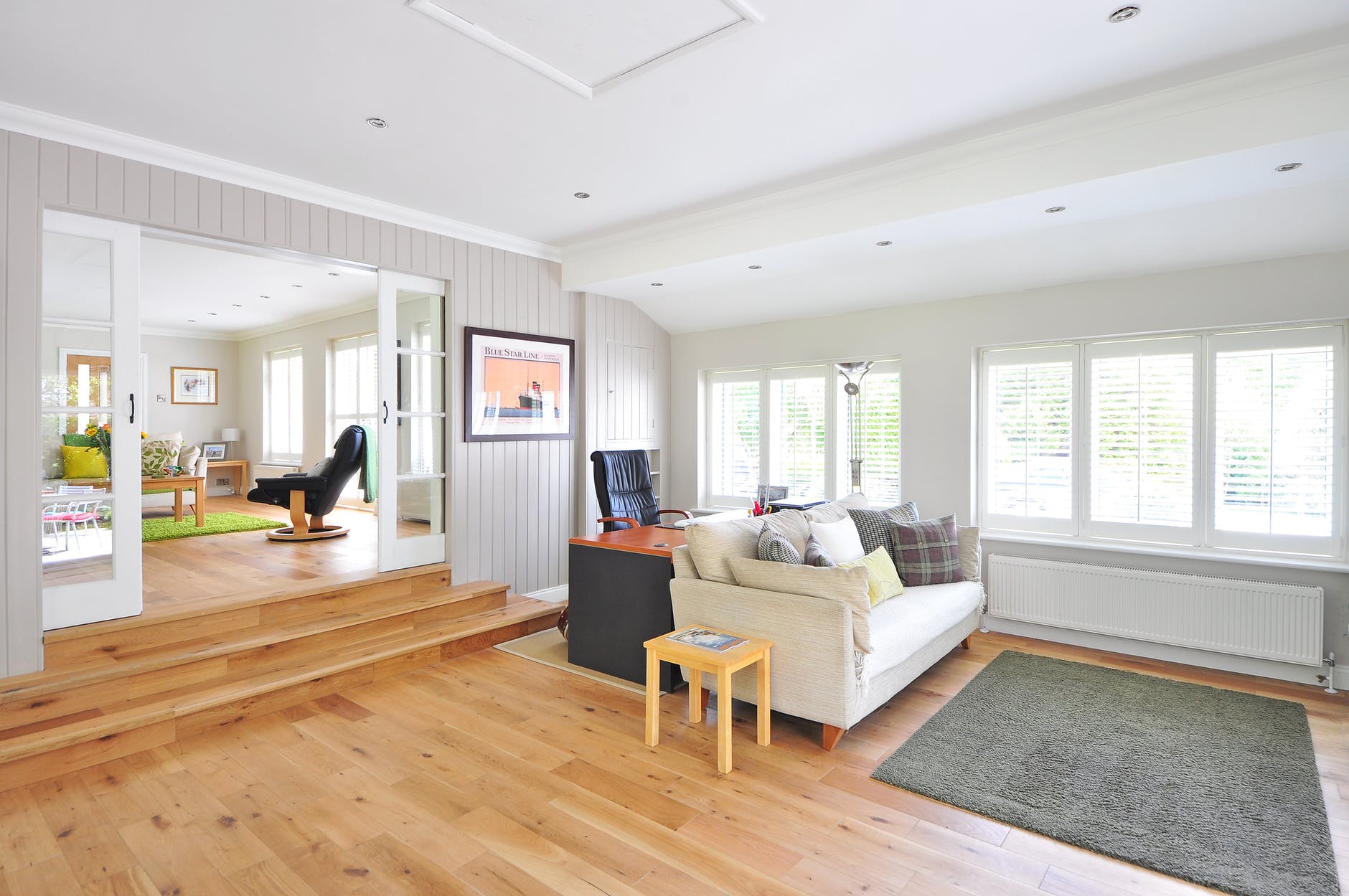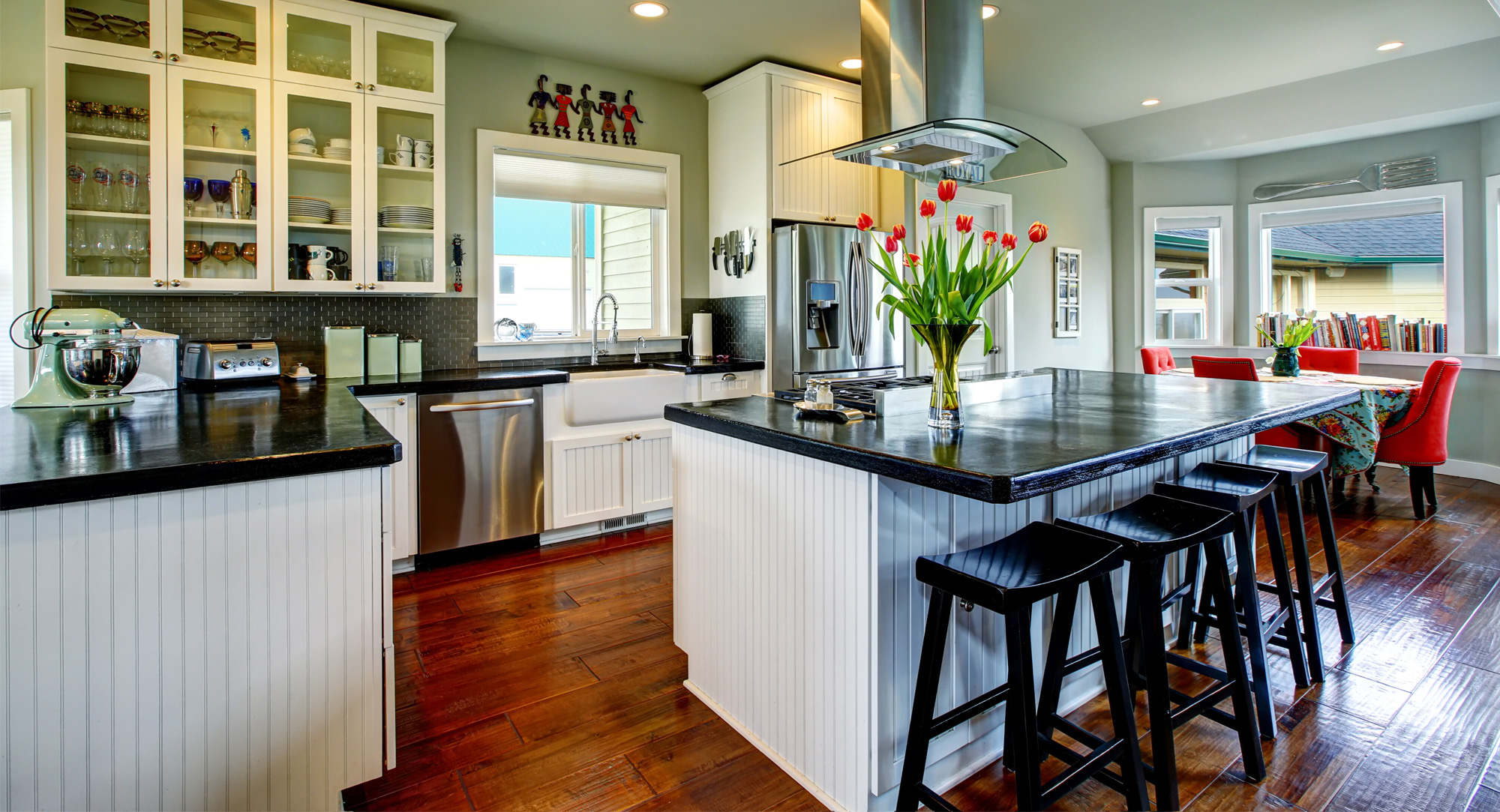
Rental properties can be great investments and provide month-over-month profit for owners, while simultaneously accruing equity over the longer term.
Some owners have a single rental property, while others have multiple properties as part of their overall investment portfolios. Every investor’s goals will be different, and rarely is a choice plainly right or wrong, or the solution to an issue black and white.
One major question property investors face is whether to offer their long-term rental properties furnished or unfurnished. And, of course, not one size fits all.
This is an area in which working with an experienced property management firm can be a tremendous value add to your investment. In some parts of a city or an area, furnished rentals make much more sense than in others. The best property managers and management firms will live and breathe the markets they serve and be well-positioned to provide advice based on historical and recent data and experience.
The Pros of Furnishing
- HIGHER RENTAL RATES – Without question, furnished rentals will fetch a higher rental rate than unfurnished rentals – usually around 15-20 percent more. The potential tenants for such properties roll in moving costs, costs of furnishing and depreciation of assets into what they consider to be a tenable monthly rental rate.
- QUICK MOVE-INS – Tenants that desire furnished rentals typically do not require much time to take occupancy. They usually do not need to pack the location they are leaving, hire movers or arrange the purchase and delivery of new furniture, whereas those renting unfurnished often will. This can lead to far less downtime for your rental, likely improving your bottom line.
- HIGHER SECURITY DEPOSIT – Even if you still charge a percentage security deposit or “one month’s rent” security deposit, you will be able to command a higher deposit with a furnished rental.
- TAX INCENTIVES – Talk to your tax professional about the benefits of furnishing your investment property. Having an idea of the benefits of writing off a portion of the money spent on furnishings may help you make the best decision to reach your goals
The Cons of Furnishing
- UPFRONT COSTS – Furnishing a rental property costs money, and unlike the expense of acquiring the property itself, the furnishings’ values will not appreciate.
- DAMAGE TO FURNISHINGS – Pieces like sofas, tables, beds, dressers and chairs are use items and will sustain damage during tenancy.
- COSTS OF REPAIRING AND REPLACING ITEMS – When a property is leased as a furnished property, those furnishings and their upkeep becomes another maintenance item. The costs of repairing and replacing items over time adds to an owner’s overall carrying costs.
The Pros of Unfurnished Rentals
- LONGER TENANCY – When a tenant furnishes a property, it gives them an enhanced sense of home, which can lead to longer, more consistent tenancy. Less tenant turnover can lead to greater stability and predictability toward reaching your investment goals.
- LOWER INSURANCE COSTS – The cost of property insurance for a dwelling alone (typically known as a fire policy) can be significantly less than insuring the dwelling and its contents. Tenants of unfurnished properties often (and sometimes must) carry renter’s insurance for their possessions within the property, reducing the overall insurance costs to the property owner.
- LESS MANAGEMENT – Often unfurnished properties require less attention from owners and property managers as the tenancy turnover rate is typically less, as fewer matters need to be addressed.
The Cons of Unfurnished Rentals
- LOWER RENTAL RATES – Unfurnished properties never will command as high of rental rates as furnished properties. Thus, periodic percentage rent increases are less, and, overall, the property will not bring in as much money.
- MOVE-IN/MOVE-OUT DAMAGES – It happens. It happens a lot. Even the most professional movers will inevitably ding a wall or a door jamb when furniture is moved in-and-out of a property. Some costs associated with such damage may be covered by retaining some or all of a security deposit, or through settlement with the moving company, but often those costs will fall to the property owner.
There is no slam dunk, 100 percent correct or incorrect answer as to whether to offer a property furnished or unfurnished.








